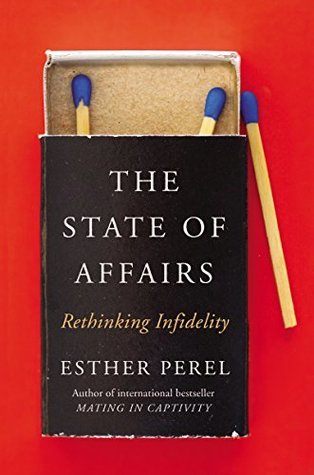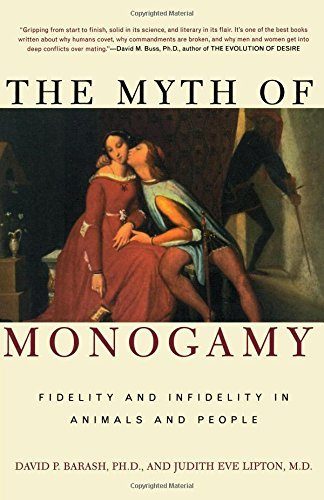I read two books in April that both communicated very negative messages about BDSM (Bondage, Dominance/submission, Sadism and Masochism). They were, rather incongruously, ‘Bag of Bones’ by Stephen King and ‘Advances’ by Anita Burgh. I took the King book on holiday with me having read good reviews and I picked up the Burgh novel from the shelves of the chalet I was staying in when the King got too annoying and dull.
Between them, these two writers, with these books, reached well over 1.5 million people. The number of people who read my (neutral and honest) writing about kink is approximately less than 50.
After many, many decades of the BDSM and LGBTQ communities being demonised and other-ed by the mainstream media, it’s all too easy for people are uninformed about either, or both, to create narratives that reinforce stereotyped ideas such as kink being related to abuse as well as only enacted by people who have experienced trauma. Even allegedly kink-friendly narratives, such as Secretary and even Fifty Shades of Grey, have made things even more challenging. It is all too easy to grab the stick by the wrong end even if the intentions are positive. And, yes, for some people, BDSM does help process trauma. It is just all too easy for the simplistic, nuance-free mainstream to make this the dominant narrative about BDSM rather than talking about more complex ideas such as female pleasure, male submissiveness, gender and sexual fluidity or even, heaven forbid, fun and playfulness.
Mainstream authors have a responsibility to be at least neutral about things that are not part of the mainstream and which they also, clearly, do not understand
I believe that both Burgh and King have a duty to challenge their own cliché assumptions about sex and BDSM. To read one book that conflates D/s dynamics, role playing and power play with abuse is bad enough, to read two was just plain depressing. It was also a useful reminder of how BDSM is seen by the wider, mostly vanilla, world. The fact that studies have shown that maybe up to 62%** of people have BDSM related fantasies is almost irrelevant – the tendency to push these away as “bad” is only reinforced by these kind of books. Maybe writers such as King and Burgh play on the tension here? Maybe the fact that it arouses sexy feelings and yet is also being criticised is part of the appeal? Punish me because I like it? That in itself is, of course, VERY kinky.
BDSM is ALL about what one consciously and clearly agrees to do and take part in receiving. Contrary to too many narratives, the submissive (or bottom) is always in control, regardless of what the “scene” may look like. Any BDSM activity that is not agreed in advance or framed and discussed as part of a complex non-consensual consent agreement (more on this soon), IS abuse.
I believe the likes of King and Burgh have a very clear responsibility to educate themselves fully about things such as BDSM and, if not to celebrate and advocate for, then to at least be neutral about kink and BDSM rather than conflate it with abuse and negativity. If the million-plus people that these writers reach could at least see these activities portrayed neutrally and without judgement then, perhaps, there could be a shift in understanding and acceptance to what is, after all, a perfectly healthy and sane way to engage with our bodies and sexuality.
Read Meg-John Barker on D/s here
Read more by me on kink here and here
*1.5million hard back copies printed for Bag of Bones. So, easily that many again, if not three times more in paperback. I can’t find figures for Burgh’s Advances so had kept it at 1.5mn to allow for the book not being read – more on King and that book here.
**https://www.psychologytoday.com/gb/blog/the-wide-wide-world-psychology/201502/the-surprising-psychology-bdsm




















